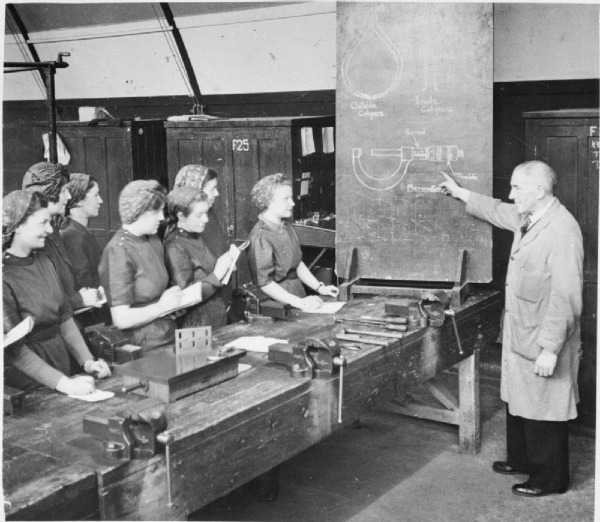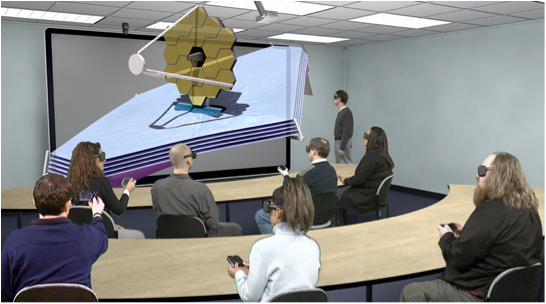Education Versus Training

Factory training, 1941
Professional learning, often referred to as training, has been in companies for a long time. But as a history of training would show, that training is different from education and their evolutions have differed and crossed paths at times.
Education is instruction in more general knowledge, such as the history of the society, or mathematics. Training teaches how to do a specific task, such as building or running a machine. As societies developed, there accumulated more knowledge than people could pick up on their own or learn informally from others.
That training history would reach back to antiquity when "On-The-Job Training" was the way people learned a job or career. In the Middle Ages, the apprenticeship was the new trend - learning from an expert while on the job. The Industrial Revolution brought about actual classrooms and factory schools with more formal training inside the company.
I thought about this history when I was reading about the work of the Director of Learning at Slack, Kristen Swanson. Her job is to develop training for the tech company's employees and to help explain their messaging tool to customers around the globe. Swanson came to the company after an earlier career in EdTech. She started in education as an elementary school teacher, then served as a district director of technology, moved to directing a research department at BrightBytes, and then founded the Edcamp Foundation. That last role helped teachers run free, grassroots professional-development workshops.
Directing learning at a company like Slack, must be very different, right?
Amazon operates its own education division, Amazon Education. It currently offers products and services aimed at K-12 classrooms, such as TenMarks, an online math and writing program, and Inspire, a directory of online educational materials where teachers can find and share teaching materials. And Candace Thille, a professor of education at Stanford University, is now Amazon's Director of Learning Science and Engineering.
A newish trend is for large technology companies to hire former educators to lead training and education efforts. Is professional learning outside academia becoming more like learning inside academia?
Returning to that training history, we saw that "vestibule training" emerged at the start of the 20th century blending the classroom with on-the-job training or "near-the-job" training. The training room was located close to the workplace and equipped with the same machines, equipment and technology that are used in production. The trainer was usually a skilled worker or supervisor, much like the much older apprentice model.
During and after the two world wars, there was a need to train large numbers of defense workers because of increased demand for products and a loss of workers to the military. Several shifts occurred during this period. Training was done by supervisors who were being trained how to teach. Training classes were smaller, generally 9-11 workers.
As training departments became established in many companies, so did ways of providing more efficient, less expensive methods of training. Individualized automated instruction came into play, and was the basis for CBT (computer-based training) which is still used in various forms in companies today.
Has training been learning from education, or has education been trying to include training in the curriculum?
 There have been at least two decades of people meeting online. Face to face meeting went the way of face to face classes - moving online. Then there was a reaction to too many online meetings. People wanted to be with people again.
There have been at least two decades of people meeting online. Face to face meeting went the way of face to face classes - moving online. Then there was a reaction to too many online meetings. People wanted to be with people again. 